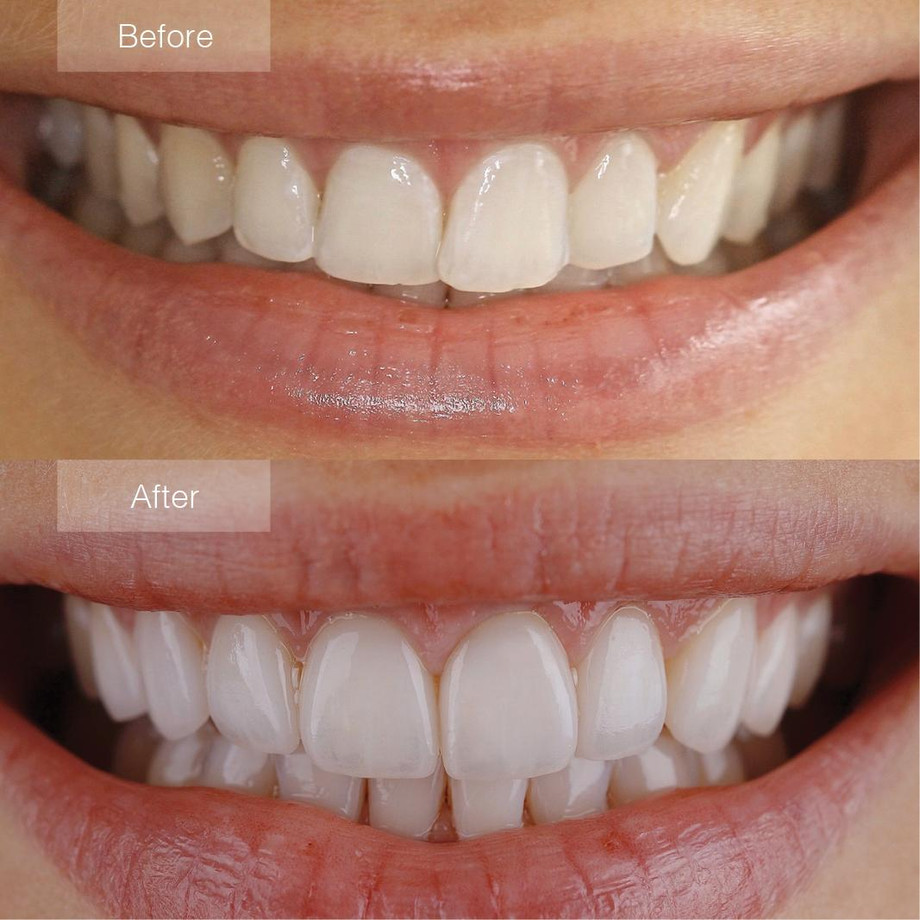Porcelain Veneers Pros and Cons
Before I decide if porcelain veneers are right for me, I want to learn about the pros and cons of having this type of cosmetic dental procedure done. After all, I don’t want to risk damaging my teeth or experiencing problems with the fit of the veneers over time. While there are many positive things to say about porcelain veneers, you should also know about some of the risks before you decide if these are right for you as well. Here’s what you need to know about the pros and cons of porcelain veneers before you make your final decision.
What are porcelain veneers?
A porcelain veneer is a thin, shell-like covering that’s bonded to teeth to improve their appearance. These veneers are often used on front teeth for a number of reasons: They cover small cracks, chips or discoloration; they can add width to narrow teeth; and they can be used to create a gap-free smile. However, veneers aren’t right for everyone. If you have healthy, strong natural teeth that are in relatively good condition, you might not need them—although they could still be an option if you want dramatic changes or improvements. Otherwise, get regular dental checkups and cleanings every six months because your gums could recede over time due to gum disease.
Porcelain Veneer Costs
Porcelain veneers can be a great way to give your smile a boost and cover up problems like chipped or worn enamel, discoloration or even gaps between teeth. But like other dental procedures, they are not cheap. A single tooth may cost around $400 if it’s covered by insurance. If you need more than one veneer before and after
, you could pay thousands of dollars in out-of-pocket expenses.
How are porcelain veneers applied
The dentist will then shape a model of your teeth that you can take home with you. In order to get an accurate model, it’s important that you sit still during its creation. This can be tough for some people, so if you tend to move around a lot when sitting in a dental chair, bring someone with you who can hold you still and distract your attention from what’s going on. Before choosing porcelain veneers for your teeth, make sure that your dentist is experienced in applying them; otherwise they may not look as good as they could.
Is Tooth Enamel Damaged When Getting a Porcelain Veneer?
Tooth enamel can be damaged when getting a porcelain veneer. Many people worry that they will not have enough enamel left if they get a porcelain veneer. This is simply not true, however; your dentist will make sure to leave plenty of enamel behind. It is important to keep in mind that it may take some time for your teeth to adjust after getting your porcelain veneers. People often experience sensitivity or tooth pain for about a week after their procedure, which is normal. If you are experiencing sensitivity in more than one tooth, however, you should contact your dentist right away so he or she can find out what’s causing it and help you manage it properly.
Who Needs to Get a Porcelain Veneer?
Porcelain veneers are a cosmetic dentistry procedure that can be used to improve how your teeth look. As with most dental procedures, there is some debate as to who should get them. To determine if porcelain veneers could benefit you, speak with your dentist or dental hygienist. They will be able to conduct an in-depth oral examination of your teeth and determine if you’re a good candidate for porcelain veneers.
Will My Smile Still Look Natural After a Porcelain Veneer Procedure?
Porcelain veneers often provide an alternative to crowns. Although they can improve your smile significantly, they might not be right for you if you are looking for a completely natural-looking smile. Porcelain veneers use a very thin layer of tooth-colored porcelain that is applied over your existing teeth in order to change their shape or color. If you wear teeth that are chipped, discolored, misshapen or have gaps between them, you may consider getting porcelain veneers. Once they are placed on your teeth, they can even out your smiles appearance by covering up any flaws while enhancing its beauty at the same time.
What Happens If I Lose One of My Front Teeth Before Getting a Permanent Solution?
It’s important to let your dentist know as soon as possible if you lose a tooth. She’ll let you know whether you need to get a temporary solution or if porcelain veneers are right for you. If she recommends a bridge, it will likely take two or three visits. First, she’ll create an arch mold of your mouth that matches your remaining teeth. Then, she'll bond false teeth (called pontics) to those molds and attach them to existing teeth on either side of where your tooth was lost. Next, she'll drill out one of those adjacent teeth and place an anchor into its root so that it can support a post that in turn supports a new crown or cap for your toothless area.
Additional Information on Porcelain Veneers Before, During and After the Procedure
When you take a closer look at porcelain veneers pros and cons, you’ll find that they are an innovative cosmetic dentistry treatment. This is because they are created to address a number of problems. For example, people who have chipped or cracked teeth will benefit from porcelain veneers before and after pictures. People who have stains caused by smoking will also benefit from veneers before and after pictures as well as those with staining caused by age. In other words, if you’re looking for brighter teeth or straighter teeth, then consider taking a closer look at porcelain veneers pro’s first! (link)

Comments
Post a Comment